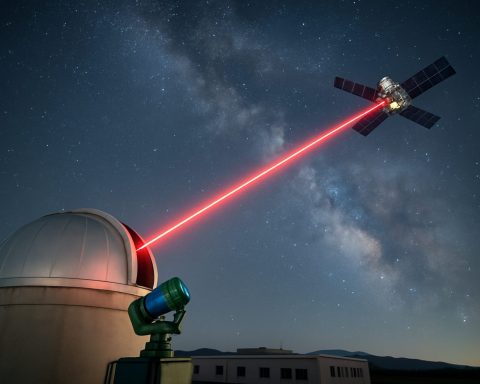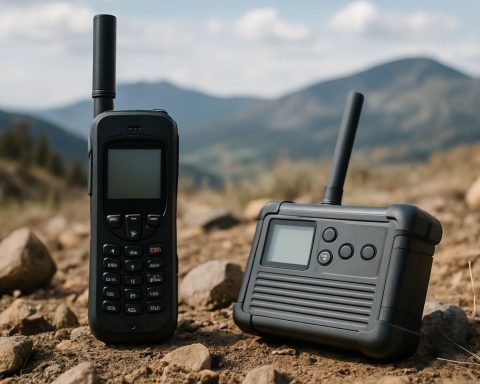
AI in Archaeology
AI in Archaeology refers to the application of artificial intelligence technologies and methodologies to the field of archaeology. This involves using machine learning, computer vision, natural language processing, and other AI techniques to analyze archaeological data, assist in site discovery, enhance artifact analysis, and facilitate the interpretation of historical contexts. AI can help archaeologists process large datasets, including satellite imagery or excavation records, to identify patterns and structures that may not be immediately visible to human researchers. Additionally, AI tools can automate repetitive tasks, support predictive modeling to identify promising excavation sites, and enhance virtual reconstructions of archaeological finds. Overall, AI in Archaeology strives to improve the efficiency and accuracy of archaeological research and enable new discoveries by leveraging advanced computational techniques.




